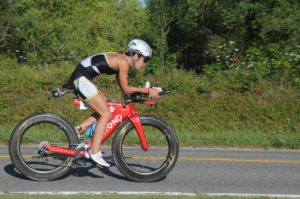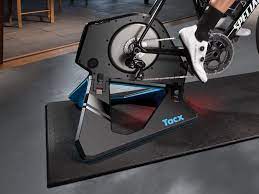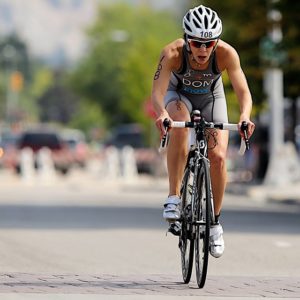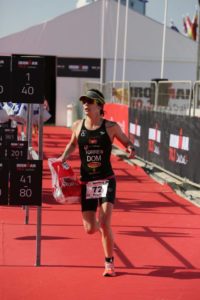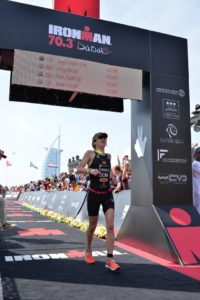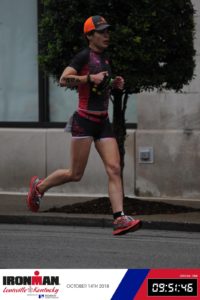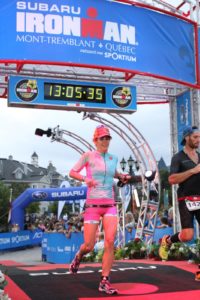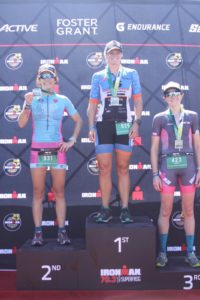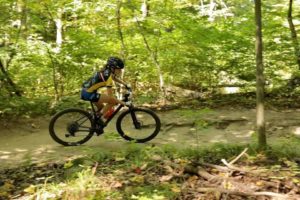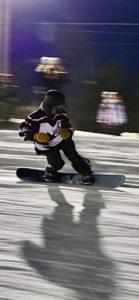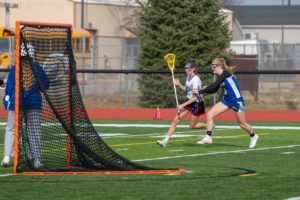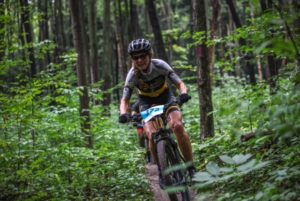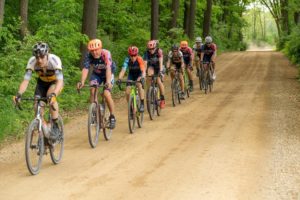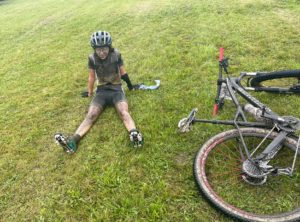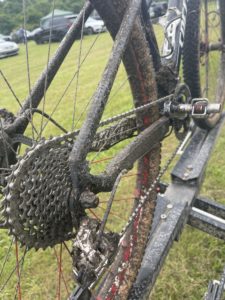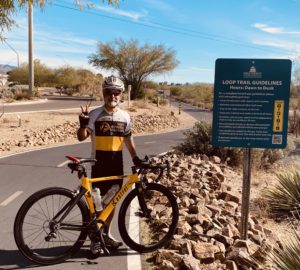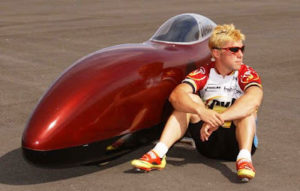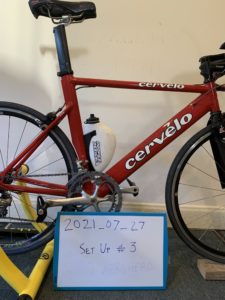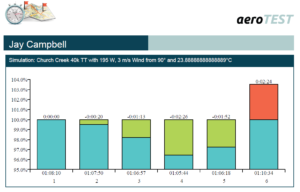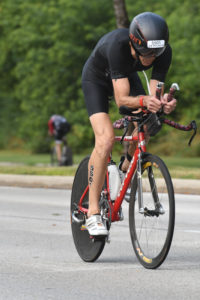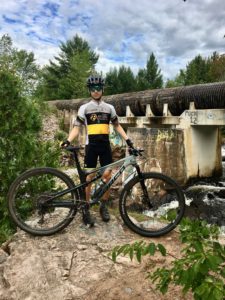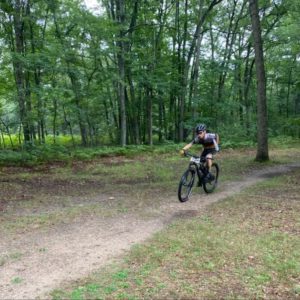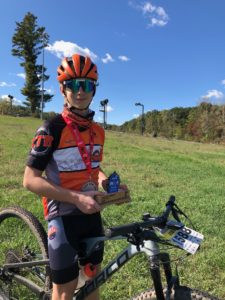By: Dawn Hinz
We are athletes and we are here to race. Yet, we cannot do it alone. Races whether they be triathlons, cycling, running or another sport give us the opportunity to test our personal fitness on that particular day. While we’re out there pushing ourselves to our limits there are volunteers supporting us. They give us kayaks to rest on, safety on the road (traffic doesn’t stop on its own), and provide quick nutrition and hydration. They are the biggest cheerleaders to each and every athlete; from the Leader to the Average Joe to the Back of the Packer. They are there to support and encourage all athletes from start to finish.
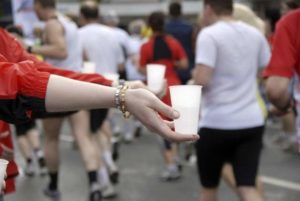 What if Volunteers weren’t there? No kayak to rest on? No intersection coverage to stop traffic? No one to hand you nutrition or hydration? No one to cheer you on when you’re slowing down? No one at the finish line to keep you from crashing or to provide medical support if needed? In my opinion that would make racing just another training day and we’d never know how far or how fast we could really go if we had support.
What if Volunteers weren’t there? No kayak to rest on? No intersection coverage to stop traffic? No one to hand you nutrition or hydration? No one to cheer you on when you’re slowing down? No one at the finish line to keep you from crashing or to provide medical support if needed? In my opinion that would make racing just another training day and we’d never know how far or how fast we could really go if we had support.
Does your Team or Club support volunteering? Do they designate races or aid stations to volunteer? This is a great way to experience volunteering with people you know. Or you can volunteer individually and meet new people. Whichever way you volunteer you’ll get to see racing from the other side. Athletes are grateful for your support and you are often the “Make or Break” to someone’s race day. You will notice a sense of fulfillment and purpose because you are there for someone else.
How often should you volunteer? This is a personal question that only you can answer. Think of it like a relationship. What would you think of someone who always takes but rarely gives back? If you love your sport you will give back to the racing community.
Secret: the more you volunteer the more you get out of the racing experience. Sometimes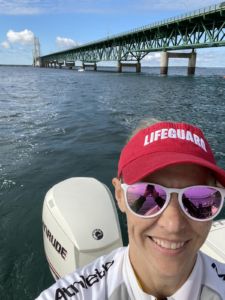 the experience will be big, like the time I volunteered to lifeguard a swim under the Mackinac Bridge! What a beautiful way to spend my morning while giving others the chance to check something major off their bucket list. Sometimes the experience will be simpler like a kayaker getting to watch the sunrise over a lake or a lone swimmer who wouldn’t have finished without your encouraging words. Or like handing out water at the aid station for that last athlete who’s working their tail off to make the cutoff. Each of these experiences and thousands of others like them will renew your love of your sport.
the experience will be big, like the time I volunteered to lifeguard a swim under the Mackinac Bridge! What a beautiful way to spend my morning while giving others the chance to check something major off their bucket list. Sometimes the experience will be simpler like a kayaker getting to watch the sunrise over a lake or a lone swimmer who wouldn’t have finished without your encouraging words. Or like handing out water at the aid station for that last athlete who’s working their tail off to make the cutoff. Each of these experiences and thousands of others like them will renew your love of your sport.
Race Directors across the country are noticing a serious lack of volunteers. People just are not volunteering the way they used to. The day before the race they’re still asking for more volunteers. Race Directors are getting creative and providing incentives for those willing to volunteer. They’re giving cool swag, providing groups a fundraising opportunity and giving individuals discounts on future races. Can you imagine what would happen to race sign up fees if every volunteer was a paid position? Many people already complain that sign up fees are too high. Race directors aren’t sitting on their loreals getting rich and the good ones are truly there to provide the best athlete experience. Volunteers are the gateway to an awesome racing experience.
This season isn’t over. There are still plenty of chances to volunteer. Find a local race, give back in a way that you can and see for yourself how rewarding volunteering really is. I hope to see you there.
The post Racing Without Volunteers is Just Another Training Day appeared first on Team Athletic Mentors.




 Our Hockey Site
Our Hockey Site Team AM
Team AM


